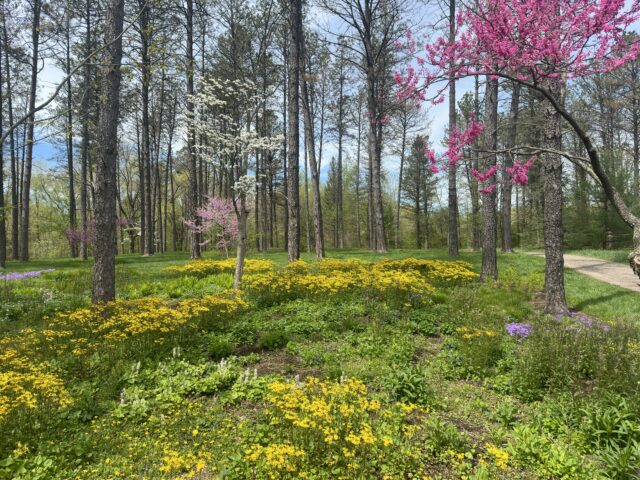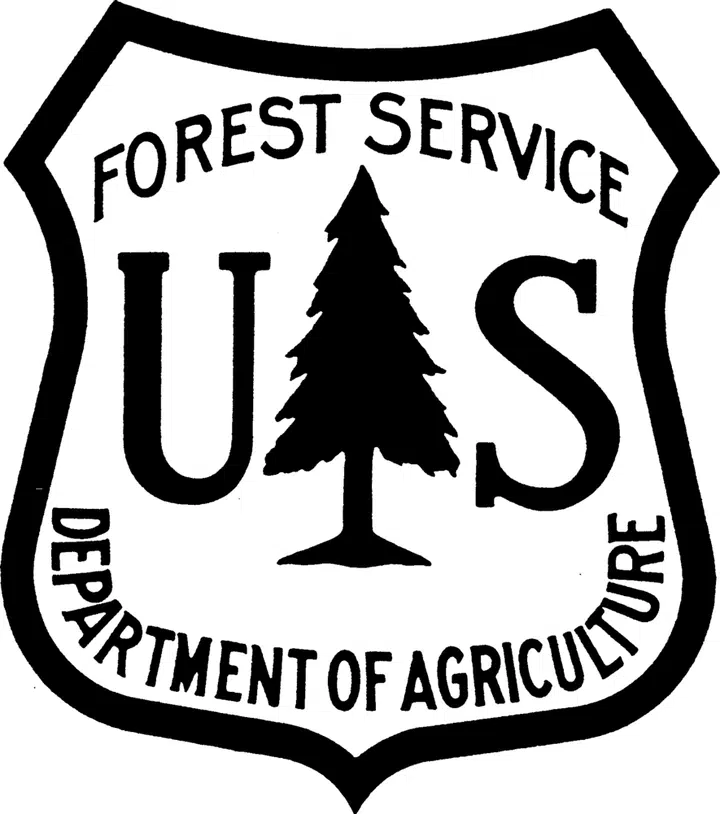Beech Leaf Disease-Causing Nematode More Widespread Than Visible Symptoms Suggest, New Study Finds
April 23, 2025

KIRTLAND, OHIO — Researchers at Holden Forests & Gardens have confirmed that the nematode responsible for beech leaf disease (BLD), Litylenchus crenatae ssp. mccannii, is present in forest stands across Ohio, even in areas where trees are not yet showing symptoms. These nematodes are microscopic, wormlike animals that wreak havoc inside beech tree buds, but their life cycles and how they move across the landscape are just beginning to come to light.
The three-year study, published in the journal Environmental Monitoring and Assessment, found that the nematode’s DNA could be detected in buds of American beech (Fagus grandifolia) trees in both symptomatic and asymptomatic forests. In some cases, the researchers found nematode DNA one or two years before visible symptoms of BLD were observed in the area.
“This method proved very effective for detecting the DNA of the beech leaf disease nematode,” says David Burke, Vice President for Science and Conservation at Holden Forests & Gardens and lead author of the study. “Forest professionals can use this approach to search for early warning signals of where BLD might show up next.”
Beech leaf disease, first discovered in Ohio in 2012, causes dark banding between leaf veins, leaf curling, and eventually canopy thinning and tree death. Since its discovery, the disease has spread across much of the northeastern United States and into Canada.
In this study, researchers sampled beech buds early each spring from 2021 to 2023 across 24 Ohio counties. Using DNA testing, they found that the presence of the nematode was a strong predictor of where BLD symptoms would later appear. They also detected the nematode’s DNA on the buds of other broadleaf trees, including oaks and maples, although these trees are not believed to be susceptible to the disease.
The study also found that forests with a higher proportion of beech trees were more likely to have the nematode present, further confirming that American beech is the primary host for the nematode. While the exact timeline from nematode arrival to visible disease remains uncertain, the researchers say these findings are a critical step toward better monitoring and management.
“We’re learning that the nematode can be present for years before symptoms show up,” Burke says. “Once we see signs of BLD, it may already be too late.”
Cover photo: Diseased beech leaves. (Credit: Brianna Shepherd/HF&G)
Citation: Burke, David J., Mary Colbert-Pitts, Tom Macy, Sarah R. Carrino-Kyker, & Danielle Martin. 2025. The presence and distribution of nematode Litylenchus crenatae ssp. mccannii, the causative agent of beech leaf disease, in forest stands across Ohio. Environmental Monitoring and Assessment. 197:478.
About Holden Forests & Gardens: Holden Forests & Gardens is made up of two of Northeast Ohio’s most important environmental and cultural institutions—the Holden Arboretum and Cleveland Botanical Garden—whose mission is to connect people with the wonder, beauty, and value of trees and plants, to inspire action for healthy communities. One of the largest public gardens in the country, Holden Forests & Gardens has 21,000 member households and an annual attendance of nearly 350,000 for whom we strive to provide inspirational and educational visitor experiences.
Corresponding Author:
Dr. David Burke, Vice President for Science and Conservation
Holden Forests & Gardens
dburke@holdenfg.org
Media Contact:
Dr. Anna Funk, Science Communication Specialist
Holden Forests & Gardens
afunk@holdenfg.org

Anna Funk, PhD
Science Communications Specialist
Anna Funk is the Science Communication Specialist for Holden Forests & Gardens. She earned her Ph.D. studying prairie restoration before leaving the research world to help tell scientists’ stories. Today, she wears many hats, working as a writer, editor, journalist and more — anything that lets her share her appreciation of science and its impact with others.












